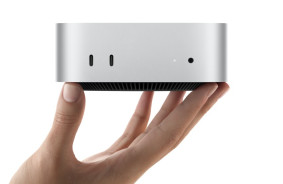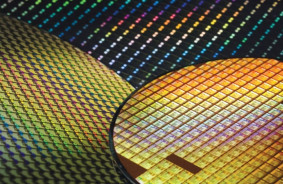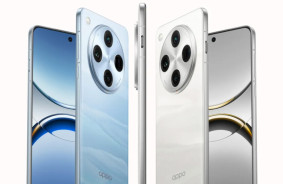Although the presentation of the new iPhone 16 smartphone lineup is expected in the coming days, many budget-conscious buyers are looking forward to the launch of the "affordable" iPhone SE 4 model. Rumors suggest that this device will finally abandon its outdated casing and transition to a revamped, more modern design that aligns better with Apple's flagship models.
It is also reported that this will be the first SE model to feature an OLED panel. Moving away from an LCD display will enable brighter colors, true black levels, and improved contrast. However, the budget smartphone is still expected to maintain the same 60 Hz refresh rate. The reason is that Apple has reserved its ProMotion technology with refresh rates up to 120 Hz for its high-end iPhones and iPads. It is rumored that the base models of iPhone 17 will utilize a 120 Hz display refresh rate. However, it remains unclear when Apple will expand high refresh rate availability to the "budget" iPhone SE lineup.
With the transition of the iPhone SE 4 to OLED in early 2025, no future iPhone will ever feature an LCD panel again. This will negatively impact companies like Japan Display and Sharp, as they have been suppliers of LCD displays for Apple. Neither of them produces OLED panels for phones (JDI provides small OLED displays for the Apple Watch). They will be completely replaced by BOE and LG Display, which currently manufacture OLED screens for the iPhone.
Although some Android smartphones, such as the Galaxy S series, have offered OLED displays since 2010, Apple did not adopt such panels until the debut of the iPhone X in 2017. This coincided with the time when Android phone OEMs began to widely use OLED technology.
Source: androidauthority













Comments (0)
There are no comments for now